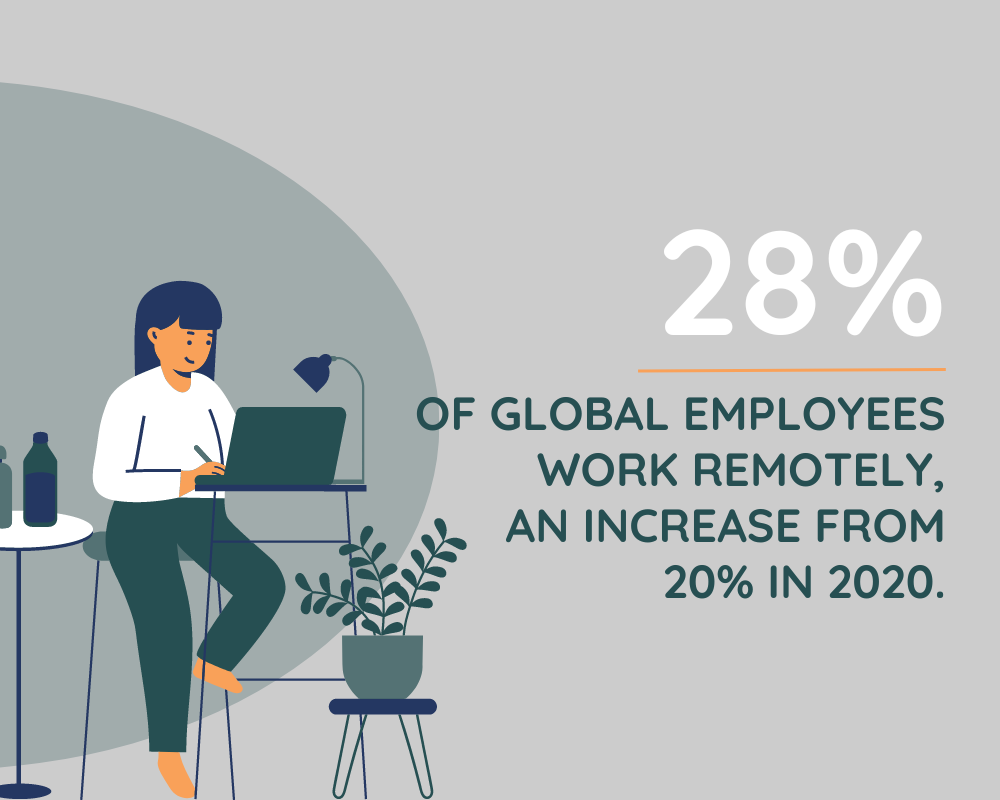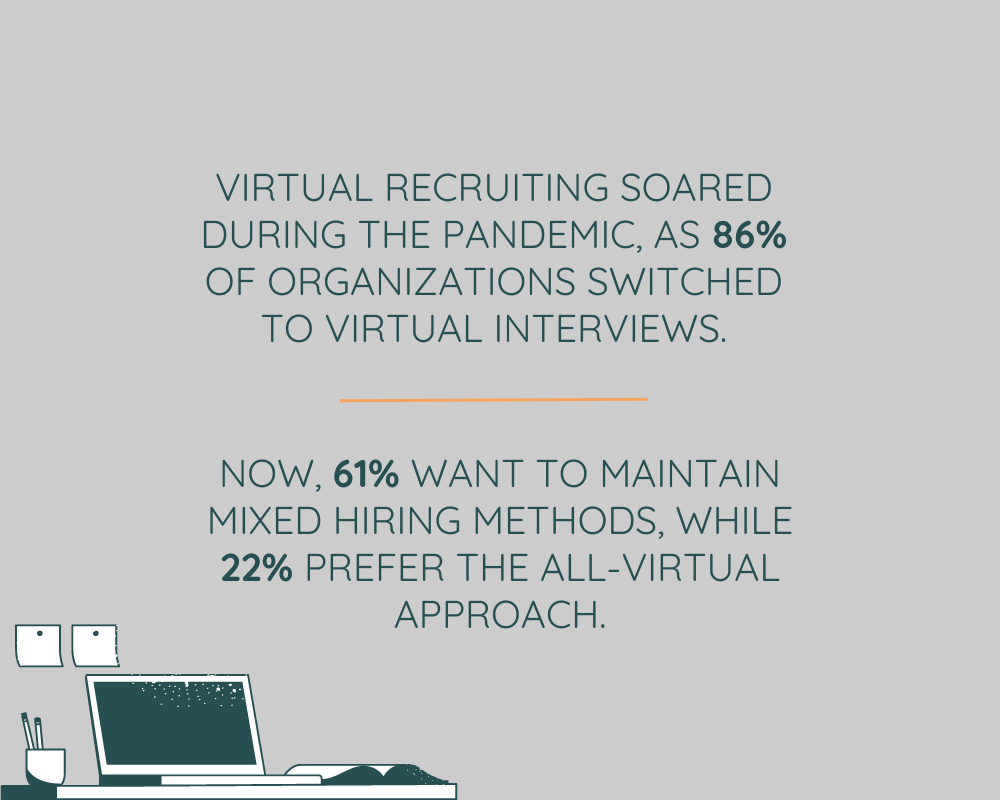In a decentralized workplace, maintaining company culture becomes challenging.
With employees working from different locations, offices are no longer the central spot for teamwork and socializing. Instead, we use virtual environments that can’t precisely replicate the social aspect of work.
Although employees overwhelmingly prefer remote work, 33% also agree that long-term, this will harm work culture. In the report for Gallup, 49% of exclusively on-site workers expressed the same concern.
From an employers’ perspective, according to the Society for Human Resource Management (SHRM), for 66% of CEOs, maintaining culture has been one of the biggest obstacles to talent management.
Communication and collaboration were a close second.
But as much as these are challenging, they also present an opportunity.
Companies are now looking for innovative ways to ensure their employees feel connected and aligned with the company’s values.
The result was a surge in developing and adopting software that tackles these issues.
For example, DingTalk by Alibaba, boasting a user base of 700 million, alongside platforms like Miro, MURAL, and Conceptboard, has expanded the collaboration and online whiteboard software market.
At the same time, Cleary helped create a more robust organizational culture in remote work environments, gaining the likes of companies like Square, Buzzer, DoorDash, Shippo, and Crypto.com.
The platform offers features such as milestone tracking, achievement celebration, and shoutout functionalities, along with the opportunity for employees to form social groups and share content outside work tasks.
With solutions allowing workers to manage their schedules, companies create new work culture trends based on autonomy and recognition while keeping the workforce engaged, productive, and connected.







